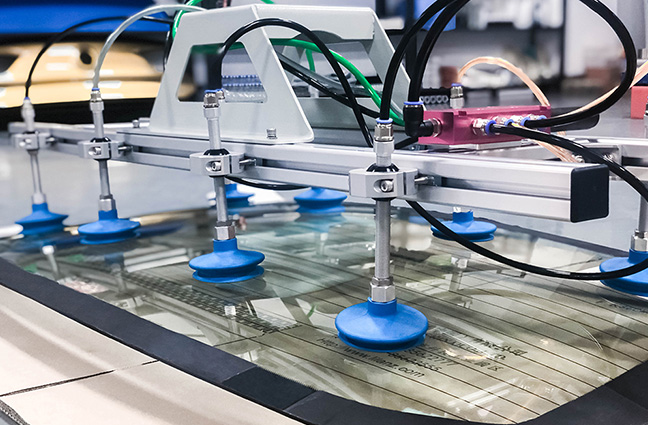

- Home
- Products
- Sponge suction tool
- Suction cup suction tool
- Vacuum suction cup

- Vacuum generator
- Customized suction cups
- Annex
ProductsEspecially for research and development, production and distribution of vacuum systems. Especially for research and development, production and sales of vacuum systems

- About
About
Especially for research and development, production and distribution of vacuum systems. Especially for research and development, production and sales of vacuum systems

- Solution
Solution
Especially for research and development, production and distribution of vacuum systems. Especially for research and development, production and sales of vacuum systems

- Technology
Technology
Especially for research and development, production and distribution of vacuum systems. Especially for research and development, production and sales of vacuum systems

- News
News
Especially for research and development, production and distribution of vacuum systems. Especially for research and development, production and sales of vacuum systems

- Contact
- DE / EN










